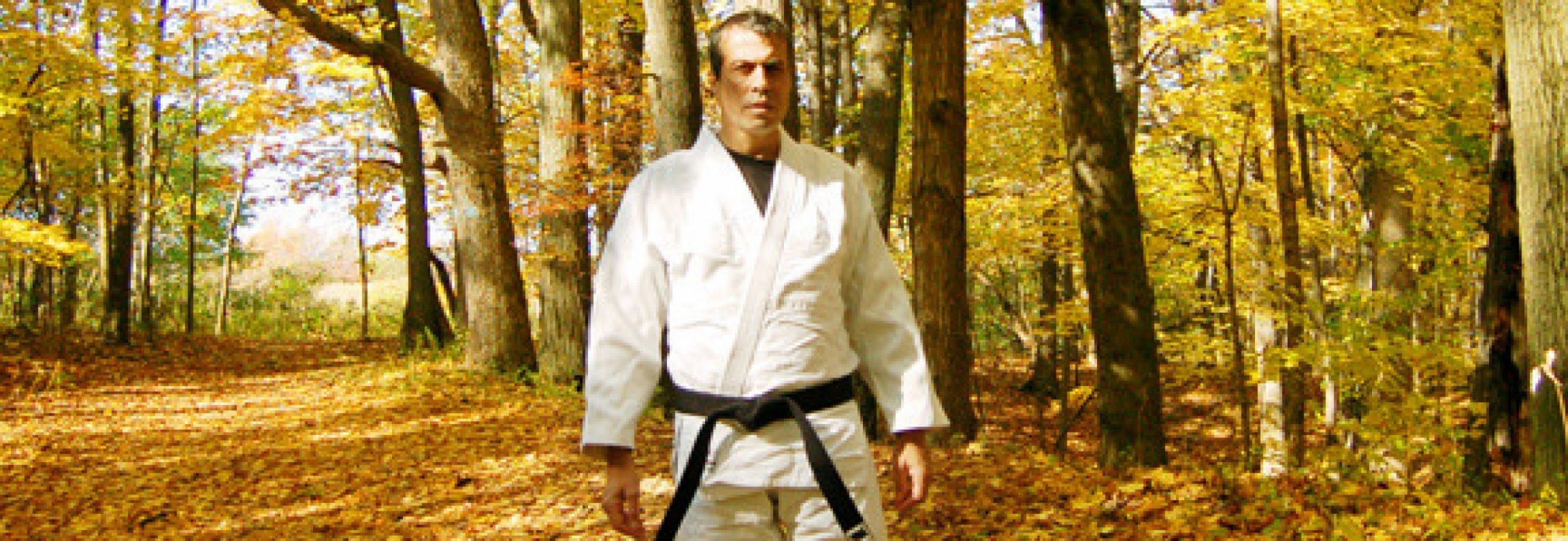I have been really lucky to travel during the worldwide Covid pandemic. I’ve recently traveled into Africa for different security projects and I was on a mission to teach, as one example.
I always try to do my best to study, and while I was in Angola I had met Israeli Karate and former Champion Feras Faur,5th Dan.Feras has been involved in Israeli Jiujutsu and is a long-time student of mine in firearms, security and Krav Maga Kapap.Hefound his home in Angola a few years back and met with me and with former Israeli commando officer Yosi Aviram and I’ve been following them both to study much about Angola and the land of Africa’s East side.
From learning about the witch ceremony and Juju culture to learning unique-to-the culture survival skillsincluding discoveringwhat to eat that you find in nature. We explored learning how to use anything you find in the field and to appreciate the explorationof the magicof Africa.
Using and teaching these skill sets led me to the Favela, the poor neighborhoodwhere we met students that have been training in the Martial art Capoeira that has it’s roots in Angola.
I want to be clear that I’m no expert in the art of Capoeira and have no expertise about Africa, but I would love to share with Budo magazine readers some of the magic I met and that was shared with me.
Capoeira Angola, is a version of the martial arts that is rarely practiced either in Brazil or in Angola itself.But it’s name speaks to the origins of an art that reaches back centuries – before people were enslaved and transported from the Southern African coast to South America.
It was developed in what is now Brazil using rhythms and call-and-response singing found in the African traditions. The inclusion of instruments was crucial for distracting onlookers.
African influence downplayed
Capoeira Angola has a ritualistic feel and the movements are predominantly low to the ground, with the focus on precision. This is why the music is slower than in the dominant version, known as Regional.
The difference between Capoeira Angola and Capoeira Regional is subtle, but Capoeira Angola includes more instruments and its practitioners feel it is more spiritual.
I sometimes feel a little angry when I think about how Angola’s contributions to Capoeira get dismissed.
The African influence was deliberately downplayed, partly because of racism.
“It was recognized as a part of African culture and labeled as aggressive because of the slave association”
In the mid-16th Century, while working in the fields, slaves created what later became Brazil’s earliest form of Capoeira, disguising fighting techniques as folk dancing.
Following the abolition of slavery in Brazil in 1888, the government banned Capoeira, fearing its use could make any revolt by freed slaves more difficult to overcome.
It went underground, and many black people continued to practice what is now recognized as Capoeira Angola in hidden spaces, using nicknames to protect their identity.
Around 1930, Reis Machado, better known as Mestre Bimba, developed a way of teaching Capoeira that made it easier to learn.
After persuading the authorities about the cultural value of the martial art, the ban was lifted, and Mestre Bimba opened the first Capoeira school in Brazil.
Capoeira was still looked down upon however, especially by the upper class Brazilians.
In response, Mestre Bimba set new standards – he introduced clean white uniforms, required students to show good posture and brought in a system of grading.
As a result, Capoeira began to attract a new audience that became interested in practicing Capoeira indoors.
This was the beginning of Capoeira Regional.
As some practitioners continued to follow the older form, they agreed on the name Capoeira Angola to differentiate it, but over time it was marginalized and largely forgotten.
Regional has a faster pace than Capoeira Angola. Mestre Bimba also simplified the use of instruments relying on only the Pandeiro (hand frame drum) and one Berimbau (bowed instrument.)
‘It relieves my anger’
Despite the name, the claim that Capoeira originated in what is now Angola remains a matter of speculation, as the slaves that left the Luanda docks came from across Southern and Central Africa.
Manuel dos Reis Machado or Mesta Bimba as he was better known, was born on 23 November, 1900 in Salvador, in the home country of Capoeira, Brazil.The youngest of 25 children, his first job was as a carpenter on the docks where he developed his physical strength; by the time he was 18, he could carry 120 kg.
He learned traditional Capoeira (known as Angola) from a Mestre called Betinho and went on to teach it for ten years before he developed his own style, which he called Regional.
© Copyright 2022 Avi Nardia w/Tim Boehlert
